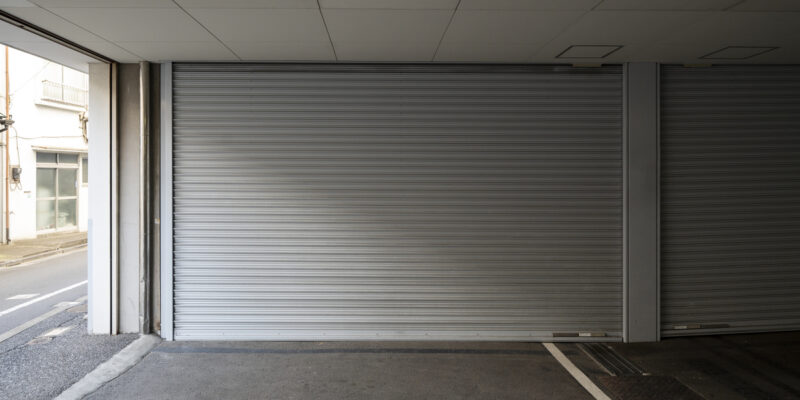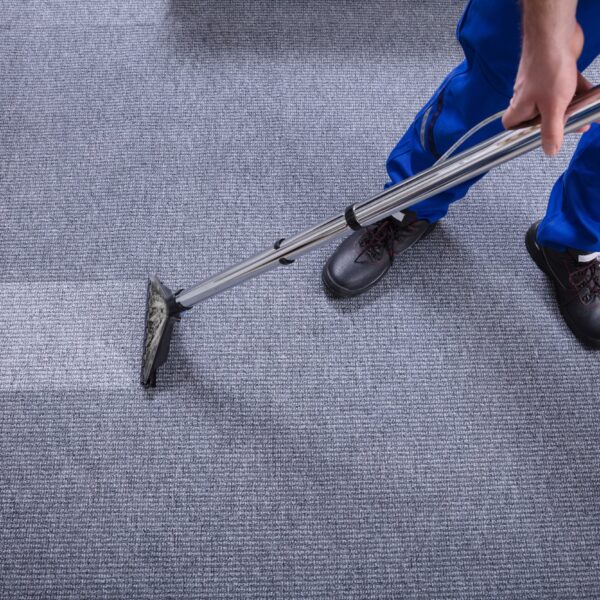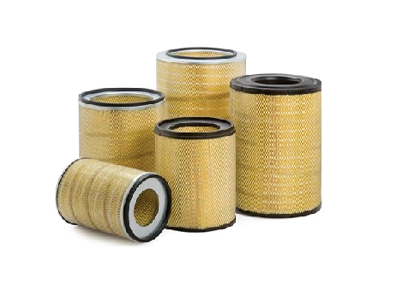
Introduction
Understanding how garage doors work is essential for homeowners who want to ensure their garage doors are functioning correctly and safely. Garage doors are intricate systems with many moving parts that must cooperate to function properly. You can troubleshoot problems, carry out routine maintenance, and make well-informed decisions about repairs and replacements by being aware of how these systems operate.
Types of Garage Doors
Garage doors come in various types, each with unique mechanisms and benefits. Here are some common types:
Sectional Garage Doors
Sectional garage doors are made of panel sections connected with hinges. These doors open by rising vertically and then horizontally along the ceiling. They are popular for their space efficiency and modern appearance.
Roll-Up Garage Doors
Roll-up doors consist of steel slats that roll around a drum above the door opening. These are common in commercial applications due to their durability and space-saving design.
Slide to the Side Garage Doors
These doors operate by bending to one side of the garage and sitting parallel to the wall. They are ideal for garages with limited headroom and offer easy pedestrian access.
Side-Hinged Garage Doors
Side-hinged doors swing open and closed from a hinged frame on either side. They are traditional and provide easy access for pedestrians without fully opening the door.
Tilt-Up/Up and Over Canopy Garage Doors
These single-panel doors tilt upward and into the garage when opened. They create a canopy that extends past the front of the garage when fully open, providing some protection from the elements.
Tilt-Up/Up and Over Retractable Garage Doors
Similar to the canopy style, these doors retract completely into the garage, providing a cleaner appearance and more headroom.
Key Components of Garage Doors
Understanding the key components of garage doors helps in grasping how the entire system works.
Panels
Garage door panels come in various materials, including steel, aluminum, wood, and fiberglass. Each material offers different benefits, such as durability, insulation, and aesthetic appeal.
Hinges and Brackets
Hinges connect the panels and allow them to pivot as the door opens and closes. Brackets hold the hinges and other hardware in place.
Springs
Springs are critical for counterbalancing the weight of the door, making it easier to open and close. There are two main types:
- Torsion Springs: Mounted above the door, these springs twist to generate tension.
- Extension Springs: Located above the door tracks, these springs extend and contract to provide balance.
Tracks and Rollers
Tracks guide the door as it moves up and down, while rollers allow smooth motion along the tracks.
Cables and Pulleys
Cables and pulleys work with the springs to lift and lower the door. They are crucial for distributing the door’s weight evenly.
Opener Mechanism
Garage door openers can be manual or automatic. Automatic openers consist of a motor, drive system, and control unit. They use a chain, belt, or screw drive to move the door.
How Garage Door Mechanisms Work
The mechanisms behind garage doors vary based on their type and operation mode.
Manual Garage Doors
Manual garage doors rely on the user’s physical effort to open and close. Springs and cables assist by reducing the door’s weight, making it easier to lift.
Automatic Garage Doors
A motorized opener is used by automatic doors to regulate their movement. To raise and lower the door, a chain, belt, or screw is driven by the motor. By identifying obstructions and changing the direction of the door when required, sensors guarantee safe operation.
Balancing and Weight Distribution
Proper balance is crucial for smooth operation. Springs and cables ensure the door’s weight is evenly distributed, preventing strain on the opener and hardware.
Common Problems and Troubleshooting
Garage doors can encounter various issues that affect their performance.
Misaligned Tracks
Tracks can become misaligned due to wear and tear or impact. Misalignment causes the door to operate unevenly or get stuck. Realigning the tracks or replacing damaged sections can resolve this.
Broken Springs
Springs endure significant stress and can break over time. Signs of broken springs include a heavy door that is difficult to lift or a loud snapping noise. Replacing broken springs is essential for safety.
Faulty Opener Mechanism
Opener mechanisms can fail due to motor issues, worn-out gears, or faulty wiring. Troubleshooting the opener and replacing damaged parts can restore functionality.
Worn-Out Rollers and Hinges
Rollers and hinges can wear out, leading to noisy operation or difficulty opening and closing the door. Regular lubrication and replacing worn parts can prevent these issues.
Remote Control Issues
Remote controls may stop working due to dead batteries, signal interference, or pairing problems. Checking the batteries and reprogramming the remote can often resolve these issues.
Maintenance Tips for Garage Doors
Regular maintenance ensures the longevity and smooth operation of your garage door.
Regular Inspection
Inspect your garage door periodically for signs of wear, damage, or misalignment. Early detection of issues can prevent more significant problems.
Lubrication
Apply lubricant to hinges, rollers, and tracks to reduce friction and ensure smooth operation. Use a lubricant specifically designed for garage doors.
Tightening Hardware
Check and tighten all hardware, including bolts and screws, to keep components secure and functioning correctly.
Testing the Balance
Test the balance of your garage door by disconnecting the opener and manually lifting the door halfway. If it stays in place, it’s balanced. If it falls or rises, adjust the springs.
Cleaning and Painting
Keep your garage door clean and free of debris. Regularly clean and paint the door to protect it from the elements and maintain its appearance.
When to Call a Professional
While some maintenance tasks can be handled by homeowners, certain issues require professional attention.
Recognizing Serious Issues
If you notice significant problems like broken springs, damaged tracks, or a malfunctioning opener, it’s best to call a professional to avoid safety risks.
Benefits of Professional Maintenance
Conclusion
It is crucial to comprehend the mechanisms and operation of garage doors in order to perform appropriate maintenance and troubleshooting. You can prolong the life of your garage door and keep it in good working order with routine inspections and prompt repairs. Hiring an expert to handle difficult challenges improves efficiency and safety.











